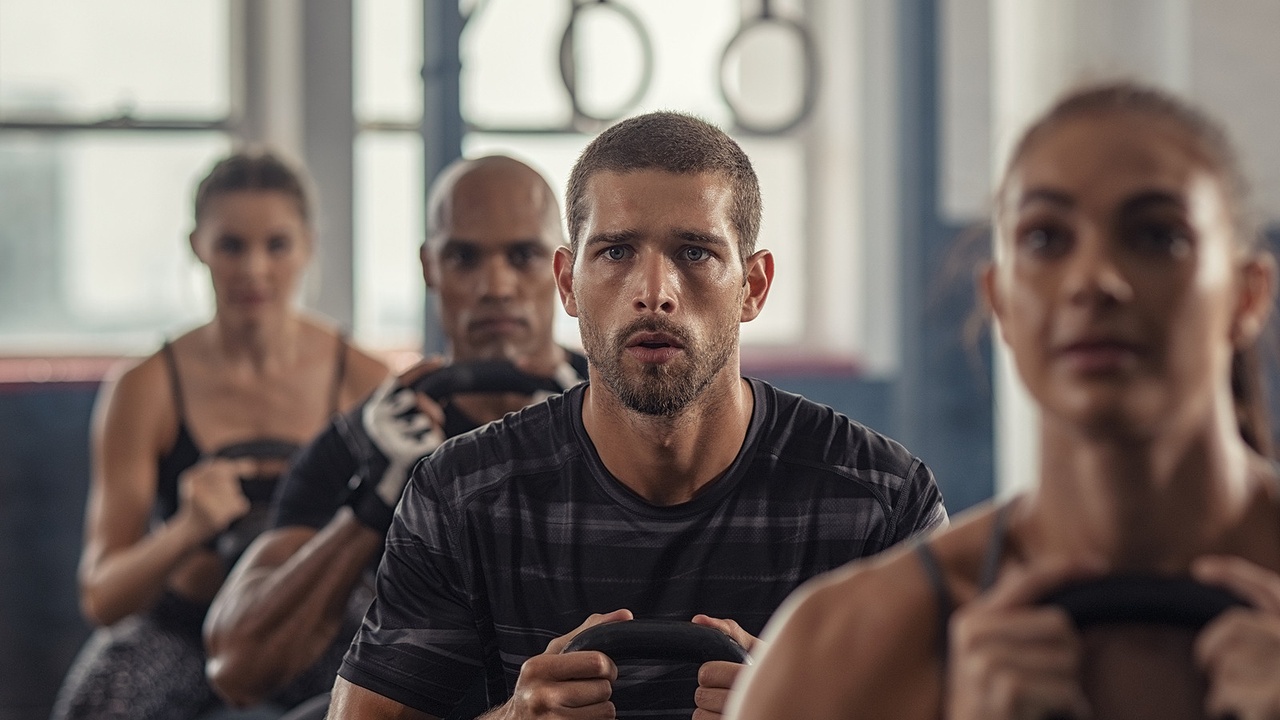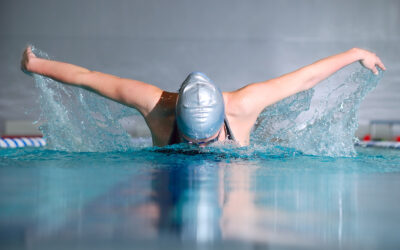For warm-weather athletes, the start of the fall season, with its shorter days and cooler temperatures, typically marks the beginning of the off season. During this time, we emphasize strength development during our training. However, how you lift weights actually depends on your goals. As the table below shows, your goals can include maximum strength, power, hypertrophy (increased muscle size), or endurance. Clearly, the load, sets, repetitions and rest intervals will vary depending on your goal.
| Training Goal | Load | Reps | Sets | Rest |
| Max Strength | High | 6 or less | 2-6 | 2-5 min. |
| Power | High | 3-5 | 3-6 | 2-5 min. |
| Hypertrophy | Moderate | 6-12 | 3-6 | 30 sec. – 1.5 min. |
| Endurance | Light | 12 or more | 2-3 | 30 sec. or less |

In order to obtain the best results from your resistance training, you should include each of the above goals in your program. As an example, when designing a lifting program, I find it easiest to start by looking ahead to the competitive season. Then, once I’ve established the date of the first high priority race, I work backwards and divide the strength training program into phases. Next, I can shorten, lengthen, or entirely skip a given phase, depending on the sport, athlete’s strengths and weaknesses, physical abilities and time constraints. If you read the phases below, you’ll see the recommended order of the phases. Additionally, I would advise that you never skip the first phase before progressing to the more challenging workouts. Each phase is 3-6 weeks long.
Phase 1: Hypertrophy/Endurance Phase The first phase is preparing your body for the more intense lifting that will come later. During this phase, you’ll establish the routine of exercises you will perform while keeping the resistance low.
- Reps: 15-20
- Sets: 2-4 sets
- Sessions: 2-3 per week
Phase 2: Max Strength Phase This is the most important phase of your strength training, when you will experience the most gains. During this phase, weight increases, repetitions decrease, sets increase and rest intervals lengthen.
- Reps: 3-6
- Sets: up to 6
- Sessions: 2-3 per week
Phase 3: Power Depending on your sport, the power phase can have an emphasis on strength and power development or endurance and power development. Since power is the product of force and speed, the important component of either program is a fast lifting speed.
Strength/Power
- Reps: 2-5
- Sets: 3-5
Endurance/Power
- Reps: 8-15
- Sets: 2-3
Plyometrics Plyometrics can be added during the Max Strength and Power phases of your program. This is important because muscle force and power for quick, explosive movements has been shown to increase with this training. So, the basis of plyometric or jump training is to rapidly stretch the muscle, creating stored energy. Then, this is immediately followed by a concentric (shortening) contraction. When this happens, mechanical and neurophysiological processes combine, resulting in greater force and more power.
References: Essentials of Strength Training and Conditioning, Thomas R. Baechle and Roger W. Earle; The Mountain Bikers Training Bible, Joe Friel.



